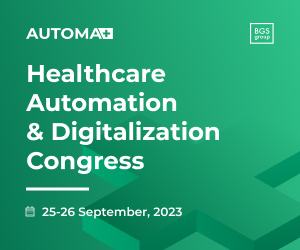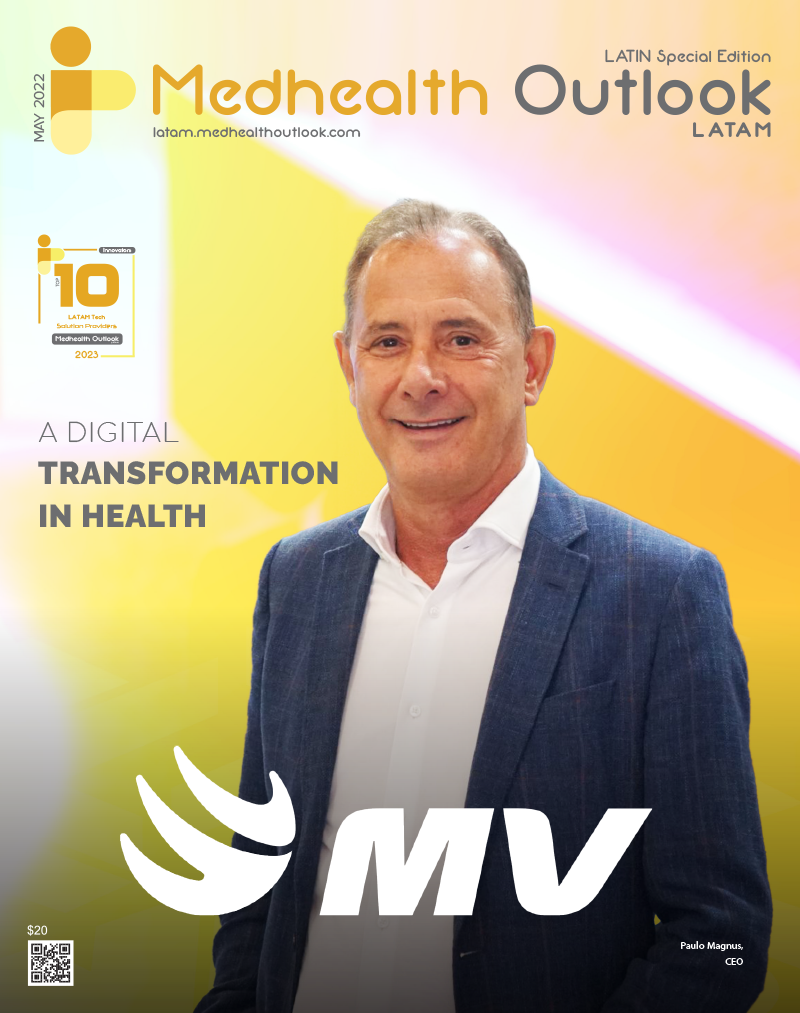Abstract: AI is transforming healthcare and other industries by improving image analysis for accurate and efficient symptom interpretation and future outcome predictions. AI can detect cardiovascular abnormalities, cancers, segment organs and tissues, classify diseases, and predict outcomes based on image analysis. Ethical and privacy concerns need to be addressed. AI can aid in the implementation as well. It can ease project management and provide guidance while reducing employee workload.
I once read that every time you think, read, hear music, or any other audible message from a child, entertainer, business stakeholder, scientist, newscaster, to even an animal or alarm – your brain interprets those sounds, stories, and information as pictures. To dive deeper, every picture is made up of information that can be reproduced using mathematical sequences. Furthermore, every molecule and every atom have their own vibrational fingerprint also represented with mathematical information. Today, we can instantly detect the chemical and biological makeup of samples by exciting these vibrations and visually interpreting the atomic fingerprints. Based on this, Artificial Intelligence (AI) has the unique potential to revolutionize image analysis in healthcare and every other industry from agriculture, business and finance, manufacturing, science and engineering, to law enforcement, and trades like plumbing welding, and electrical.
AI will improve the accuracy and efficiency of interpretating the elements, symptoms, and root causes as well as the messages in images. It will recognize undetectable changes or irregular patterns in information to a point of foretelling the future based on instant probabilistic risk assessments.
AI is disrupting current healthcare applications as AI algorithms can:
- Reveal cardiovascular abnormalities by analyzing cardiac images such as echocardiograms, electrocardiograms, and angiograms to detect anomalies such as arrhythmias, coronary artery disease, and heart failure[i].
- Detect cancers by analyzing images such as mammograms, chest X-rays, and CT scans to detect tumors, nodules and lesions that may indicate different types of cancers such as breast cancer[ii], lung cancer[iii] and skin cancer[iv].
- Segment organs and tissues by segmenting images such as MRI scans and ultrasound images to delineate organs and tissues such as the brain, liver, and placenta, which can help measure their volumes, shapes, and functions[v].
- Classify diseases by classifying images such as fundus photographs and retinal scans to identify diseases such as diabetic retinopathy, glaucoma, and age-related macular degeneration[vi].
- Predict outcomes such as survival rates, disease progression, and treatment response based on image analysis. For example, AI algorithms can predict the risk of Alzheimer’s disease based on brain MRI scans or the risk of stroke based on carotid ultrasound images[vii].
AI technologies will improve future trends using worldwide breakthroughs in real-time to:
- Improve image quality by reducing noise, artifacts, and distortions that may affect diagnosis accuracy. For example, AI algorithms can reconstruct high-resolution images from low-resolution inputs or generate synthetic images from different modalities.
- Personalize image interpretation by tailoring it to individual patients using their clinical history, genetic profile, and environmental factors. For example, AI algorithms can adjust image analysis based on patient age, sex, or ethnicity or account for comorbidities or medications that may affect imaging results.
- Integrate multimodal data from multiple imaging modalities such as X-ray, CT scan, MRI scan, and PET scan to provide a comprehensive view of a patient’s condition. For example, AI algorithms can fuse anatomical information from CT scan with functional information from PET scan to improve diagnosis of neurological disorders.
- Facilitate human-AI collaboration between human experts and machines by providing explainable results, interactive feedback, and decision support using the most current science in “real time.” For example, AI algorithms can highlight regions of interest in images for human review or suggest possible diagnoses or treatments based on image analysis and cross-referencing those doing the research in a living database of contact, calendars for collaboration, and other related information.
AI will save doctors and medical professionals hours and weeks’ worth of work. Unfortunately, there are also concerns. As we have witnessed over the past few years, there are also ethical and privacy concerns associated with AI. Censorship, biases, and overriding ethical values are also possible. Data is power and control of the AI information can be used to track and eliminate opposing opinions for power, influence, and financial gain. As being rolled out now, the algorithms are being manipulated to overcompensate for specific political, financial, or competitive reasons. This will require amendments to constitutions across the world to ensure human rights, and access to information along with appropriate enforced penalties for those who mislead or use AI for nefarious corporate, political, or personal gain.
When implementing AI-based image analysis as a change management project, there are numerous benefits. AI can ease pressures of project management and help facilitate change. Using AI tools will help in data analysis of current and prior projects, add more power to brainstorming solutions, and provide data science type guidance and insight, all while reducing hours spent by employees on tasks. This will allow professionals and subject matter experts to focus in areas where AI may not be appropriate.
Either Master Change or Become Irrelevant: AI can and will be one of those changes everyone will have to master to stay relevant. However, it will require changes in both governance and applications. Nevertheless, in the end AI can take us deeper into the science of using data to improve decisions, productivity, and quality in ways we can only now image.
[i] Pranav Rajpurkar et al., “AI in health and medicine”, Nature Medicine 28 , 31–38 (2022), https://www.nature.com/articles/s41591-021-01614-0
[ii] Shravya Shetty et al., “A deep learning model for early detection of lung cancer using low-dose CT scans”, Nature Medicine 25 , 954–961 (2019), https://www.nature.com/articles/s41591-019-0447-x
[iii] Scott Mayer McKinney et al., “International evaluation of an AI system for breast cancer screening”, Nature 577 , 89–94 (2020), https://www.nature.com/articles/s41586-019-1799-6
[iv] Artificial Intelligence in Medicine | IBM, https://www.ibm.com/topics/artificial-intelligence-medicine
[v] Top 16 companies in AI-powered medical imaging in 2023 – AIMultiple, https://research.aimultiple.com/looking-for-better-medical-imaging-for- early-diagnostic-and-monitoring-contact-the-leading-vendors-here/
[vi] Artificial Intelligence in Medicine | IBM, https://www.ibm.com/topics/artificial-intelligence-medicine
[vii] Top 16 companies in AI-powered medical imaging in 2023 – AIMultiple, https://research.aimultiple.com/looking-for-better-medical-imaging-for- early-diagnostic-and-monitoring-contact-the-leading-vendors-here/












